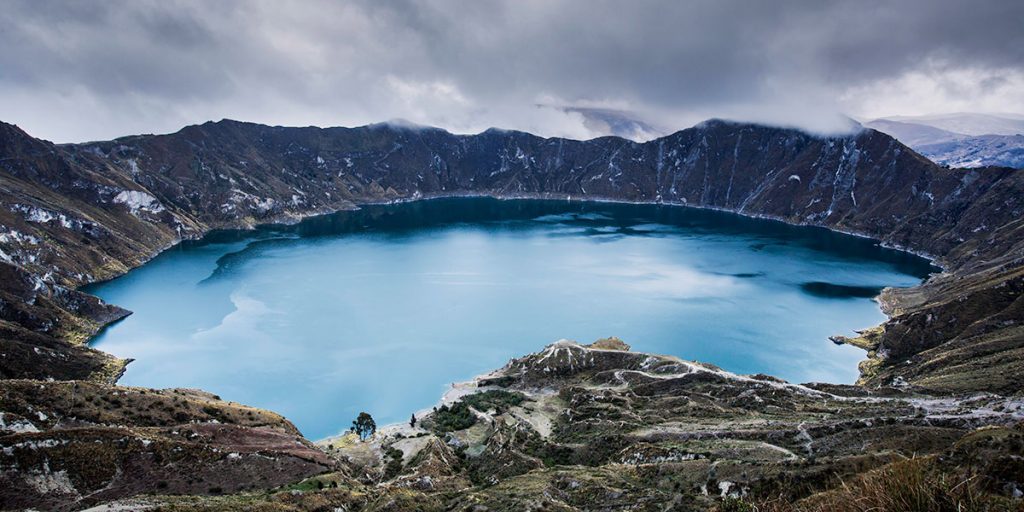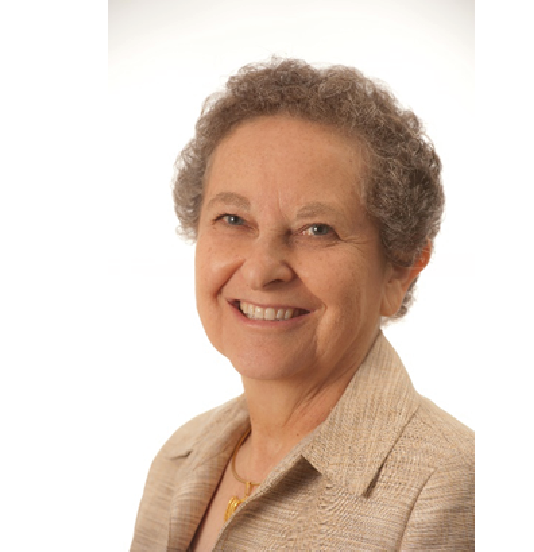Ecuador has a great diversity of lakes in the paramo, the inter-Andean region, the Amazon Rainforest and Galapagos. Lakes serve as “time capsules” that accumulate in the sediments fossil diatoms, pollen, etc. that serve to reconstruct histories of environmental changes, including climate and vegetation in the lakes and the surrounding area. I will present a summary of 40 years of studies in several lakes of Ecuador, including recent reconstructions of 6000 years of history of the El Niño phenomenon from Galapagos lakes. Our data indicates that El Niños are becoming more frequent in the last 100 years, and this could be linked to global warming. Many lakes in the Paramo region appear to be drying as they are fed mostly by melting glaciers that are rapidly disappearing.
Miriam Steinitz Kannan, Regents Professor Emeritus, Northern Kentucky University (NKU), Highland Heights, KY USA: Born in Quito, Ecuador. Education: High school Colegio Americano, Quito (1969). B.A. Rider University, N.J. (1973). Ph. D. (1979) Ohio State University: Dissertation: Comparative Limnology of Ecuadorian Lakes: A Study of Species Number and Composition of Plankton Communities of the Galapagos Islands and the Equatorial Andes. Teaching: 37 years at NKU (1980-present): Limnology, Microbiology, Microbial Ecology, Ecology, Phycology workshops. Research Interests: Taxonomy, ecology and biogeography of algae, including diatoms; algae as indicators of water quality; history of the El Niño events using fossil diatoms from lake cores; cyanobacteria in water supplies: developing detection methods (Apps) for toxic species or those giving taste and odor to water. Numerous awards and publications.

